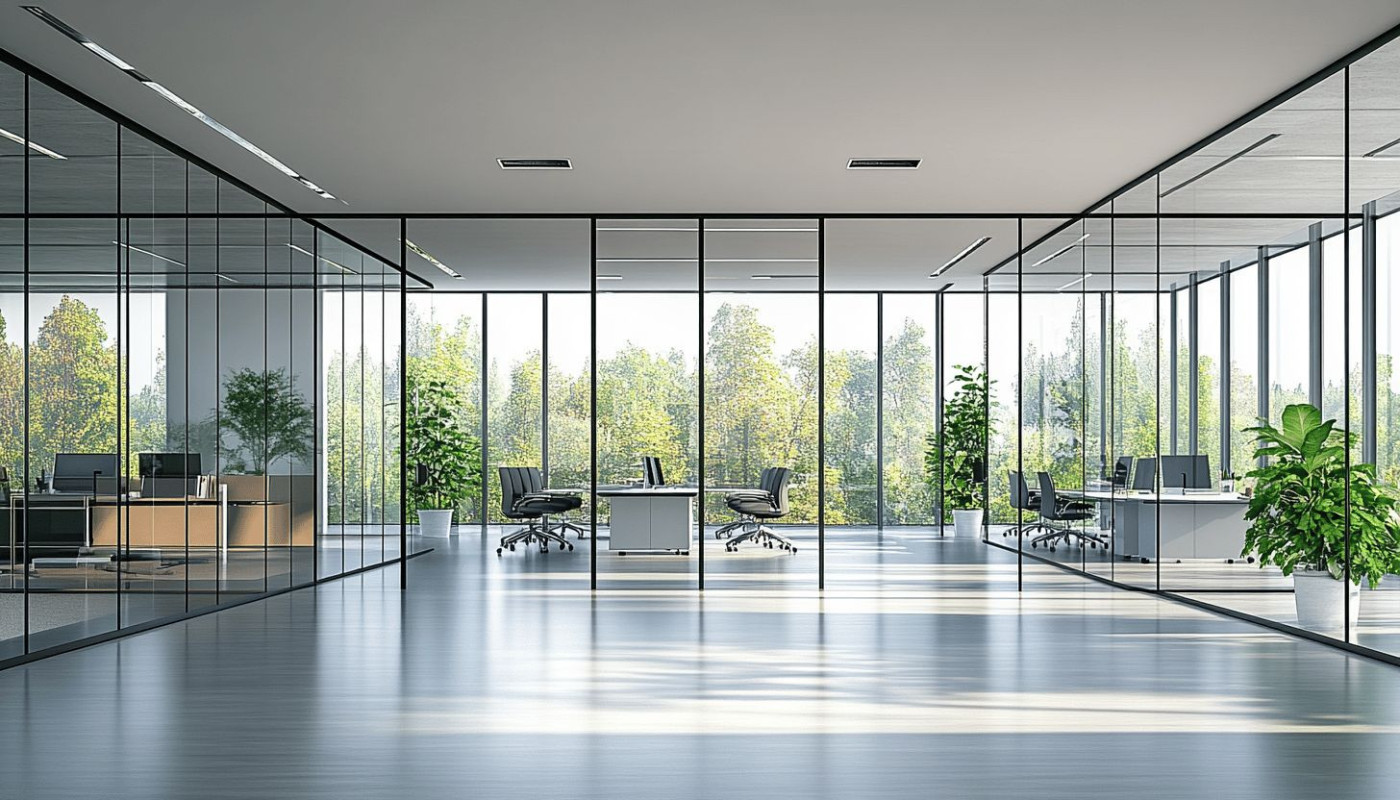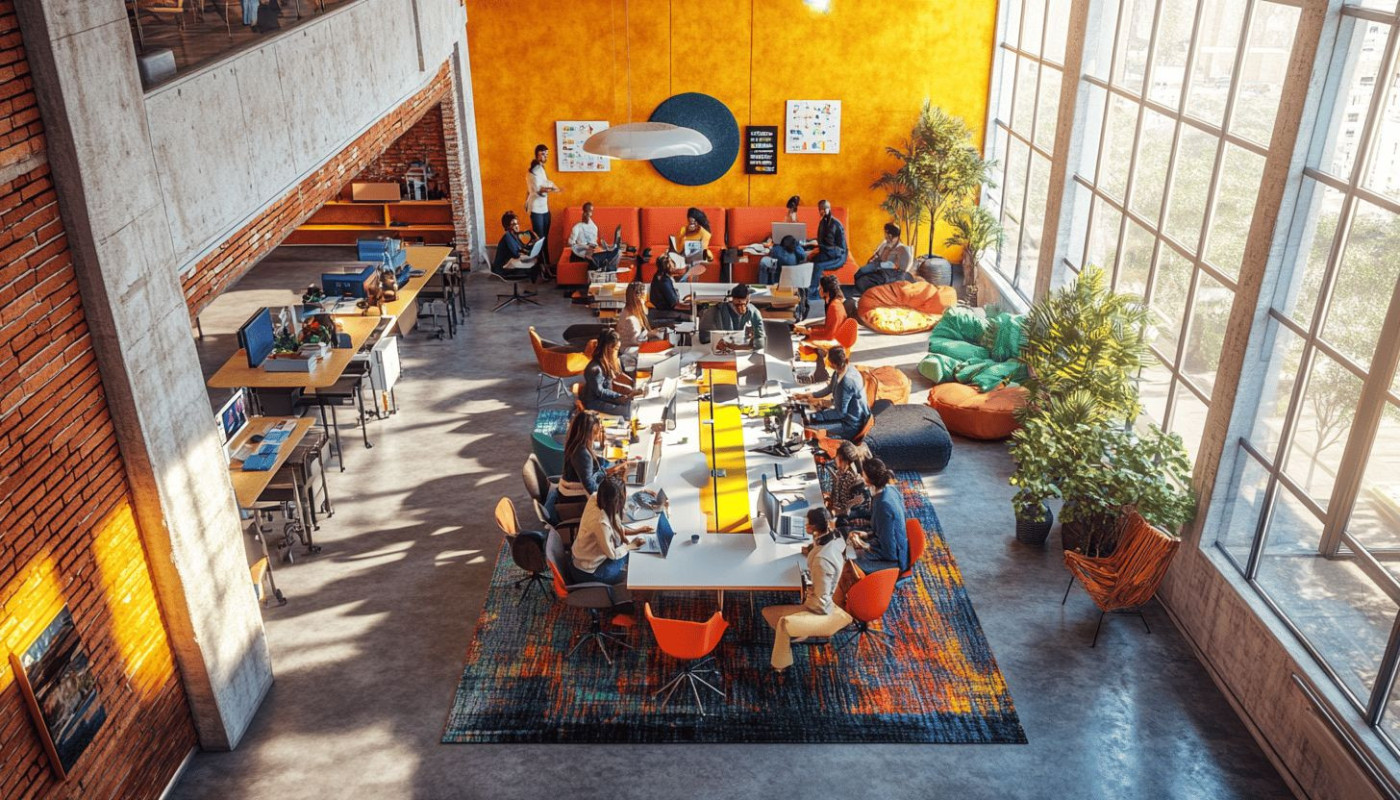Table of contents
Creativity thrives in environments where ideas can flow freely, and shared workspaces are designed to do just that. These collaborative settings bring people from diverse backgrounds together, sparking innovation and new perspectives. Explore how shared work environments foster creativity, and discover the transformative power of collaboration in the paragraphs that follow.
Encouraging spontaneous collaboration
Shared work environments serve as fertile ground for spontaneous collaboration, where impromptu interactions between individuals from diverse backgrounds naturally occur. In a collaborative workspace, creative thinking thrives when people engage in serendipitous encounters—not just within structured team meetings, but also during casual conversations in communal areas or while working side-by-side. These exchanges foster informal knowledge transfer, where expertise and fresh perspectives are shared in real time, often sparking innovative idea generation. The collective energy of a dynamic workspace nurtures team synergy, as employees inspire each other through unplanned discussions that might never happen in a traditional office setting. The workplace manager holds primary responsibility for curating an atmosphere that stimulates these moments, ensuring the layout, culture, and opportunities for interaction align to make collaboration feel effortless. Organizations looking for inspiration can explore models like the Best coworking spaces in Charlotte, where the environment is intentionally designed to promote creativity and the natural development of ideas.
Diverse perspectives fuel innovation
Diversity in the workplace plays a pivotal role in driving innovation within shared work environments. Exposure to colleagues from varied backgrounds and skill sets stimulates creative collaboration and elevates problem solving by bringing together a wealth of ideas and experiences. Multidisciplinary teams benefit from cognitive diversity, where differences in thought processes and expertise lead to novel solutions that homogeneous groups may overlook. Heterogeneous teams, a technical term for groups composed of individuals with different skill sets and perspectives, consistently outperform uniform teams in tackling complex challenges. It falls upon the workspace manager to intentionally foster an inclusive environment where every voice is valued, ensuring that diverse perspectives are actively encouraged and integrated into daily workflows.
Access to shared resources
Shared resources play a transformative role in boosting creative output within collaborative work environments. When individuals have access to creative tools, collaborative technology, and innovation spaces, they are more likely to experiment, iterate, and develop new ideas. Resource sharing reduces the individual financial and logistical burden of acquiring specialized equipment, making resource pooling a practical approach for innovation-driven teams. This availability encourages users to try unfamiliar tools or technologies, which can spark unexpected insights and solutions. Furthermore, the presence of well-maintained communal assets ensures that no one is excluded from experimentation due to lack of access, thus democratizing creativity across all participants. Workspace managers should remain attentive to the optimal allocation and maintenance of these shared assets, guaranteeing that creative tools are always accessible and functioning, so they continue to serve as catalysts for collaboration and inventive thinking.
Flexibility supports creative processes
Flexible workspace options and adaptable environments are pivotal in nurturing the creative process within shared work settings. The concept of activity-based working, where individuals select work zones tailored to specific tasks, helps accommodate diverse working styles, promoting both concentration and group synergy. Customizable workspace design allows users to modify their surroundings based on personal preference and project demands, whether that means moving between quiet areas for focused work or vibrant zones for spontaneous collaboration. Flexible scheduling further enhances work-life balance, empowering members to align their most productive hours with tasks requiring maximum creativity. Workspace managers should prioritize adaptability by offering a range of modular furniture, dynamic room layouts, and accessible resources, ensuring all users can adjust their environment to best suit their evolving creative needs.
Building a supportive community
Shared work environments thrive on community building, creating a unique space where individuals feel a sense of belonging that directly enhances creative support and risk-taking. When people are surrounded by peers who value collaboration, a collaborative culture emerges, making it easier to share ideas, seek feedback, and participate in peer learning. Community-building activities, such as networking opportunities and regular group workshops, strengthen relationships among members, providing practical avenues for exchanging inspiration and expertise. The presence of psychological safety—where team members know they can express unconventional ideas without fear of ridicule or negative consequences—forms the backbone of this atmosphere, allowing everyone to experiment and innovate without hesitation. Workspace managers play a pivotal role in cultivating a supportive and inclusive workplace culture, ensuring that every individual feels respected and empowered, which in turn unlocks the full creative potential of the group. When trust and mutual support become the norm, creative confidence flourishes, paving the way for groundbreaking ideas and sustained innovation.
Similar

Incorporating Meeting Rooms In Flexible Work Environments

Navigating the future of workplace automation

Sustainable Business Practices The Competitive Advantage of Going Green in the Corporate World

How Detecting Website Themes Enhances Web Development And Design

